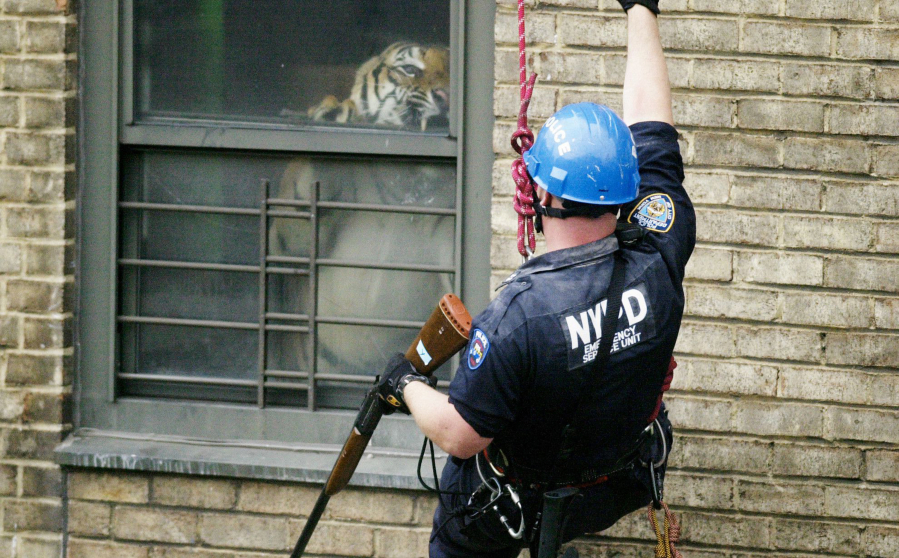NEW YORK — The 4-foot alligator found in Prospect Park recently amazed the city and made national headlines, but for Kevin Sexton, a 15-year veteran field manager for New York Animal Care and Control, it elicited little more than a shrug.
“Not surprised. We’ve had a couple come through,” he told the Daily News. “We actually had one a few years back that was found in Flushing Meadow Park. Around the same size. And same idea it was dumped off in the park.”
Sexton and his team have wrangled all manner of creatures, great and small: everything from errant cattle that bust loose on their way to the slaughterhouse to tropical snakes being peddled illegally online by a dealer in Queens.
Sexton has dangled from the Manhattan Bridge and held up subway service to rescue cats and climbed into cherry pickers to free red-tailed hawks from building safety netting.



